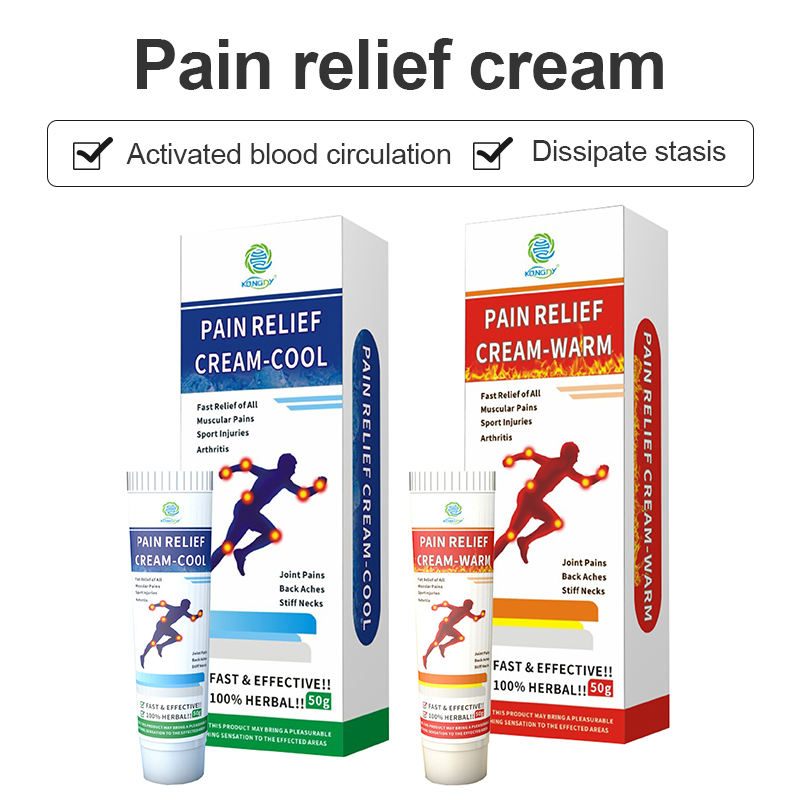In the realm of physical therapy, optimizing patient recovery is paramount. Among the various methods employed to achieve this, the integration of pain relief creams alongside traditional physical therapy techniques can significantly enhance patient outcomes. This article explores how the combined use of these creams and physical therapy can provide comprehensive pain management and accelerate recovery, ultimately improving patient satisfaction and wellness.
- Understanding Pain Relief Creams
Pain relief creams, also known as topical analgesics, are applied directly to the skin over painful muscles or joints. These creams typically contain active ingredients such as menthol, capsaicin, or non-steroidal anti-inflammatory drugs (NSAIDs) like ibuprofen. They work by numbing the area, reducing inflammation, or blocking pain signals to the brain. Unlike oral medications, topical applications target the pain site directly, often providing faster relief with fewer systemic side effects.
- Benefits of Pain Relief Creams in Physical Therapy
Localized Pain Management: Pain relief creams provide targeted treatment to specific areas, which is particularly beneficial for patients dealing with localized pain such as that from arthritis, sprains, or muscle strains. This allows physical therapists to address the pain more precisely and effectively.

Enhanced Mobility: By alleviating pain quickly, these creams can improve a patient’s range of motion and flexibility, making it easier for them to engage in physical therapy exercises. This can lead to better adherence to therapy programs and quicker progress.
Complementary to Manual Therapy: Pain relief creams can be used in conjunction with manual therapy techniques such as massage. The combination can enhance the therapeutic effects, providing both immediate and long-lasting pain relief, and helping to relax muscles and reduce tension.
- Integrating Pain Relief Creams in Physical Therapy
To maximize the benefits, physical therapists should follow a strategic approach when incorporating pain relief creams into their practice:
Patient Education: Educate patients on the proper application of pain relief creams, including the correct amount to use and how often to apply them. Emphasize the importance of adhering to the recommended usage to avoid skin irritation or other adverse effects.
Personalized Treatment Plans: Assess each patient’s condition to determine the most suitable type of pain relief cream. For instance, a patient with chronic joint pain might benefit more from an NSAID-based cream, while one with muscle soreness might find menthol or capsaicin creams more effective.
Monitor and Adjust: Continuously monitor the patient’s response to the cream and adjust the treatment plan as needed. This includes evaluating the effectiveness of the cream in conjunction with physical therapy exercises and making changes to the type or frequency of application if necessary.
- Case Studies and Evidence
Numerous studies have demonstrated the efficacy of combining pain relief creams with physical therapy. For example, a study published in the Journal of Pain Research found that patients who used topical NSAIDs in conjunction with physical therapy experienced greater pain reduction and improved function compared to those who only received physical therapy. Another study in the Clinical Journal of Sports Medicine reported similar findings with the use of menthol-based creams for athletes recovering from injuries.
Incorporating pain relief creams into physical therapy regimens offers a synergistic approach to pain management and recovery. By providing targeted pain relief, enhancing mobility, and complementing manual therapy techniques, these creams can significantly improve patient outcomes. Physical therapists who educate their patients on the proper use of these creams and personalize treatment plans accordingly can help patients achieve faster, more effective recovery and a better quality of life.






